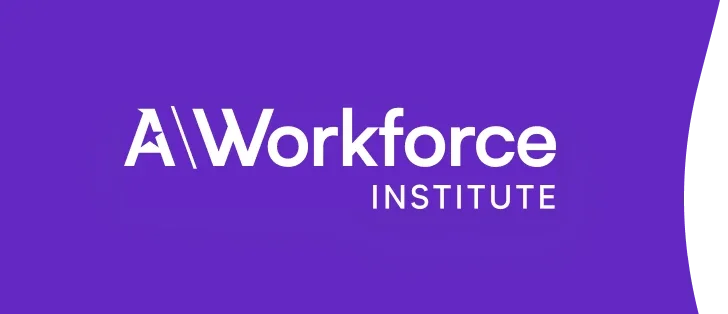The new skills gap: Building tomorrow’s workforce today

This resource is brought to you by:
Topics Covered:
Attraction and Retention
Employee engagement
Is your company truly bridging the new skills gap?
Achievers uncovers a clear disconnect between HR leaders and employees when it comes to skills development and internal mobility. HR leaders feel good about their soft skills training and career growth programs — but only 20% of employees agree.
In fact, the gap between perception and reality may be holding your organization back. Are you overlooking critical areas that could drive stronger engagement and business outcomes?
What is the new skills matrix?
Forget outdated categories of “hard” vs. “soft” skills. The new skills matrix redefines how HR leaders should view talent. In this guide, you’ll learn more about:
Technical skills: Specialized knowledge and tools that set employees apart.
Transferable skills: Adaptable skills that apply to a variety of roles, learned both formally and on the job.
Essential skills: Skills that go beyond training and impact company culture.
Is your skills strategy really working?
What if your current approach to skills development is holding your organization back? Our New Skills Gap Report uncovers surprising gaps that could be impacting your internal mobility efforts.
Think your skills strategy is on track? In this guide, you’ll discover:
- How relying on traditional tools could be holding you back
- The hidden impact of manager bias on internal mobility
- Why managers struggle to identify transferable skills and how to fix it
Want to learn how to leverage this powerful tool to improve your skills development program? Download the New Skills Gap Report and connect with our experts for actionable insights.
“60% of managers say they want to hire for transferable skills but struggle to identify good candidates”
The New Skills Gap Report
Achievers Workforce Institute

Join our mailing list
Stay up to date with the latest in workforce science from Achievers Workforce Institute.